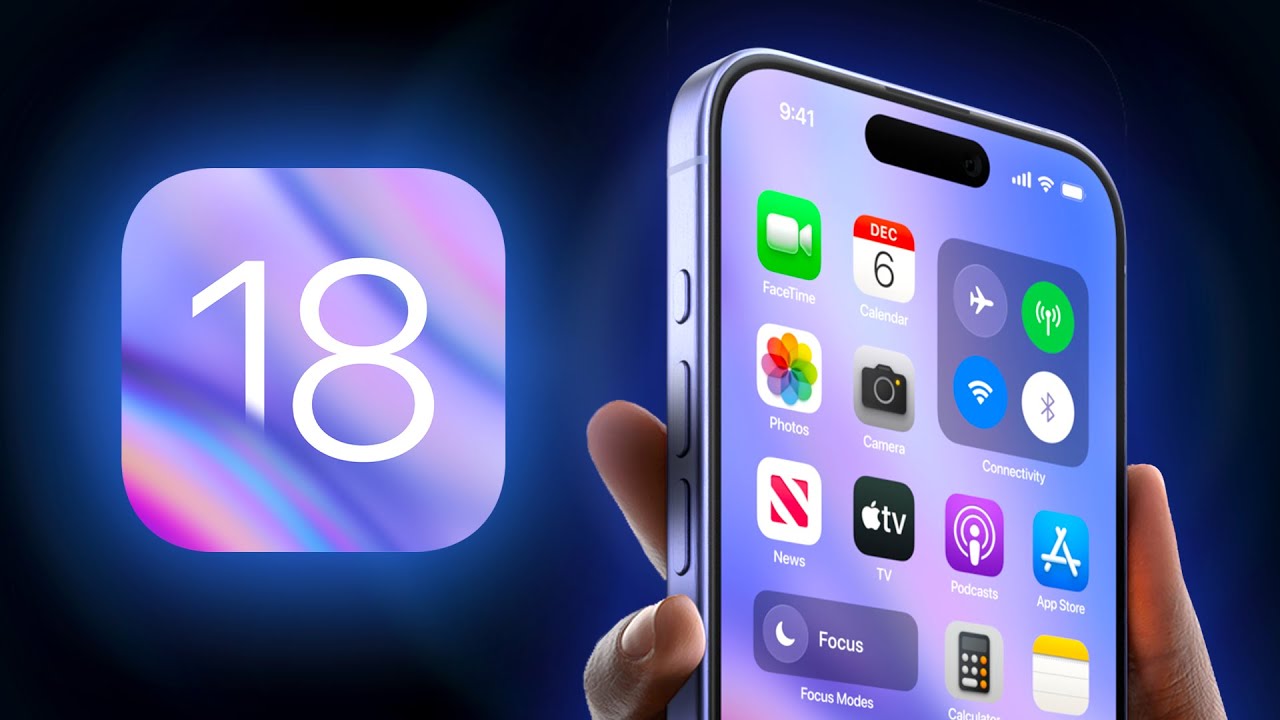Next week, iOS 18.3 will roll out. It doesn’t bring a lot of new stuff, but it’s a big deal for Apple’s smart features because of a daring move by Apple.
Apple’s Smart Features Turned On by Default in iOS 18.3
Apple has decided that with iOS 18.3, its smart features, which they call Apple Intelligence, will be turned on automatically for everyone with a compatible device.
These smart features first appeared with iOS 18.1 back in October and got some cool updates in December with iOS 18.2. But until now, you had to choose to turn them on yourself. Now, Apple is saying, “We’re turning them on for you.”
One Smart Feature Takes a Break
It’s not all smooth sailing for AI at Apple. They’ve had some trouble with their smart summaries for notifications, which sometimes got the news wrong. So, in an interesting twist, while Apple is confident about turning on AI by default, they’re also being careful.
In iOS 18.3, they’re going to temporarily turn off the smart summaries for apps in the News and Entertainment categories. It’s rare for an update to take away something that was there before, but Apple is doing this to work on making it better before bringing it back.
Apple Still Cautious with AI
Apple has always been careful with AI. During the early testing phases and even after making these features available to everyone with iOS 18.1, they made people wait to use them, ensuring everything worked right.
One of Apple’s key promises is to design AI with care. They check everything from how they make the AI to how it’s used, working to avoid any misuse or problems. User feedback helps them keep improving.
What’s Next for Apple Intelligence?
With iOS 18.3, we see Apple sticking to those promises. They’ve had a long testing phase before making AI automatic. Yet, they’re still cautious, pausing one feature to get it right. Will people mind having these features turned on without asking? We’ll see. But for now, Apple seems to be doing it at the right time and in the right way.
